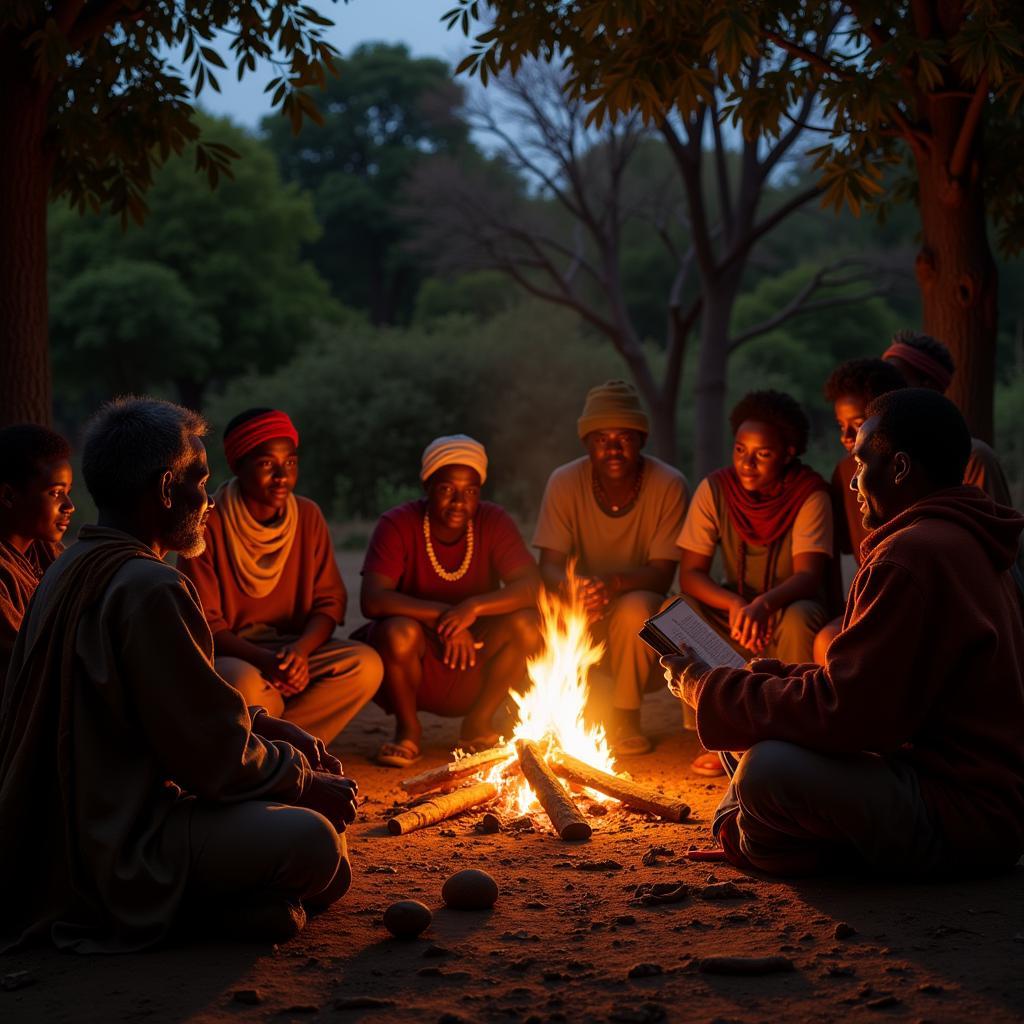A Comprehensive Guide to African Head Wraps: Names, Styles, and Meanings
African head wraps are more than just a fashion accessory. They are a rich cultural tradition steeped in history, meaning, and symbolism. These vibrant and intricate head coverings are worn by women across the continent, each style carrying its own unique story and significance. This guide will delve into the fascinating world of African head wraps, exploring their names, styles, and the meanings behind them.
The History of African Head Wraps
The tradition of wearing head wraps in Africa dates back centuries, with roots in both practicality and cultural expression. In ancient times, head wraps provided protection from the sun, wind, and dust. They were also used to signify social status, marital status, and tribal affiliation.
For many African cultures, the head wrap is a symbol of femininity, strength, and spiritual power. It represents respect, tradition, and a connection to ancestral heritage. The intricate designs and patterns woven into the fabric often convey stories, proverbs, and spiritual beliefs.
Exploring the Diverse Names and Styles
African head wraps are known by various names depending on the region and style. Some common names include:
-
Gele: A popular head wrap worn by Yoruba women in Nigeria, often made from colorful fabrics like aso oke.
-
Duku: Worn by women in Ghana, the duku is a turban-like head wrap that signifies elegance and sophistication.
-
Doek: A term used in South Africa to describe a head wrap, often worn in vibrant colors and patterns.
-
Shuka: Worn by Maasai women in Kenya and Tanzania, the shuka is a large, rectangular cloth draped over the head and shoulders.
-
Kanga: A colorful rectangular cloth worn by women in East Africa, often featuring intricate designs and proverbs.
Each style of head wrap has its own unique way of being tied and draped, adding further layers of cultural significance. The way a head wrap is worn can convey a message about the wearer’s age, marital status, and even her mood.
The Meanings Behind the Designs and Colors
The designs and colors used in African head wraps are not simply decorative; they hold deep cultural and spiritual meanings.
Colors:
-
Red: Symbolizes passion, strength, and vitality.
-
Blue: Often associated with royalty, peace, and spiritual connection.
-
Green: Represents fertility, growth, and abundance.
-
Yellow: Signifies wisdom, knowledge, and enlightenment.
-
White: Represents purity, peace, and unity.
Designs:
-
Geometric patterns: Often reflect the intricate designs found in traditional African art, representing the interconnectedness of life.
-
Animal motifs: Frequently incorporated into head wrap designs, representing the power and wisdom of nature.
-
Floral patterns: Often symbolize beauty, growth, and prosperity.
The Significance of African Head Wraps Today
In modern times, African head wraps have become a powerful symbol of cultural pride, identity, and empowerment. They are worn not only in traditional settings but also as a fashion statement, embracing both heritage and contemporary style.
Here’s a quote from a renowned African fashion designer, Abena Baafi:
“The head wrap is a statement of who we are as Africans. It’s a reminder of our rich history, our vibrant culture, and our unwavering spirit.”
Wearing a head wrap is a way to honor ancestors, express personal style, and connect with a broader African identity. It is a powerful symbol of heritage, resilience, and the enduring beauty of African traditions.
FAQ
-
What are the different types of African head wraps?
There are countless styles of African head wraps, each with its unique name and cultural significance. Some popular styles include the gele, duku, doek, shuka, and kanga.
-
What do the colors and designs in African head wraps represent?
Colors and designs in African head wraps often hold significant cultural and spiritual meanings. For example, red signifies passion, blue represents royalty, and geometric patterns often represent the interconnectedness of life.
-
How do I choose the right head wrap for me?
The best head wrap for you will depend on your personal style and the occasion. Consider the colors, patterns, and fabrics that resonate with you, and don’t be afraid to experiment with different styles.
-
Where can I find African head wraps?
African head wraps are available from a variety of sources, including online retailers, local African shops, and craft markets.
-
Can I wear an African head wrap if I’m not African?
Absolutely! Wearing an African head wrap is a way to celebrate diversity, appreciate different cultures, and express personal style.
Conclusion
African head wraps are more than just a fashion accessory; they are a powerful symbol of cultural heritage, identity, and empowerment. Whether worn for traditional ceremonies, daily life, or as a fashion statement, these vibrant and intricate head coverings carry with them rich stories, symbolism, and a deep connection to African history and culture. By exploring the names, styles, and meanings behind African head wraps, we gain a deeper understanding of the diverse and fascinating traditions that shape the continent.
